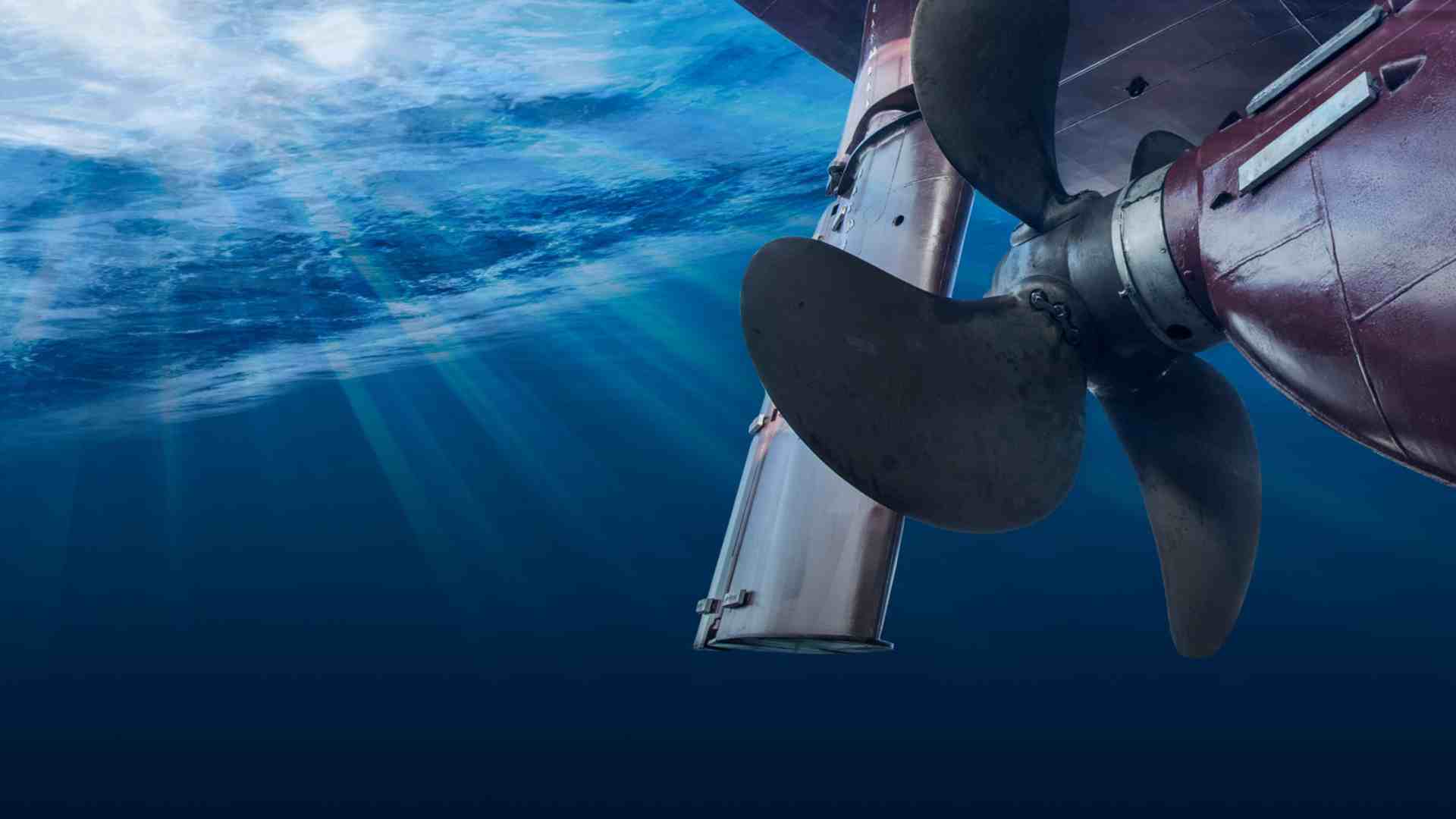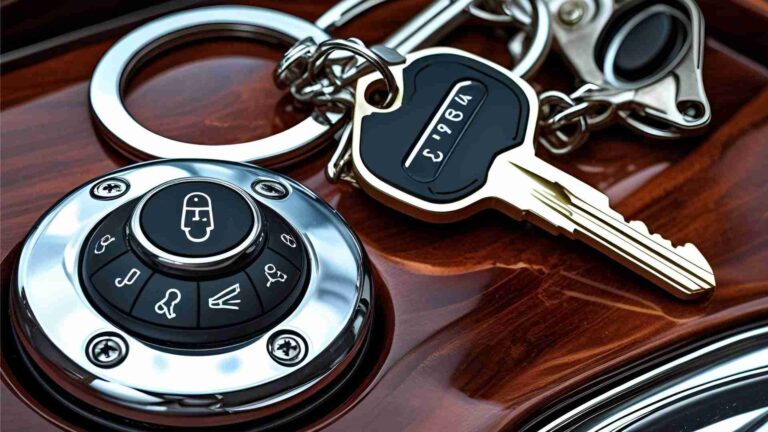16 Different Types of Boat Propellers
Boat propellers are one of the most critical components of any vessel, playing a pivotal role in determining its performance, efficiency, and overall boating experience. Whether you’re a recreational boater, a fishing enthusiast, or a high-speed racer, understanding the different types of boat propellers and their functions can help you make an informed decision that maximizes your time on the water. In this comprehensive guide, we’ll explore the various types of boat propellers, how they work, and how to choose the best one for your specific needs.
Why Are Boat Propellers Essential?
A boat propeller is as vital as the engine itself. It converts the engine’s power into thrust, propelling the boat forward or backward through the water. The right propeller can significantly enhance your boat’s performance, whether you’re cruising, fishing, water skiing, or participating in water sports. On the other hand, an ill-suited propeller can lead to poor fuel efficiency, reduced speed, and even engine strain.
Choosing the right propeller involves considering factors such as the type of boat, engine specifications, intended use, and water conditions. With so many options available, it’s essential to understand the different types of propellers and their unique features.
Types of Boat Propellers
Boat propellers come in various designs, each tailored to specific applications and performance needs. Below, we’ll break down the most common types of propellers and their characteristics.
1. Three-Blade Propellers
Three-blade propellers are the most widely used type, offering a balanced combination of speed, fuel efficiency, and versatility. They are ideal for a range of boats, including speedboats, recreational fishing boats, and watersports vessels.
- Best For: Speedboats, inshore and offshore fishing boats, watersports boats.
- Advantages: Lightweight, durable, and excellent for achieving higher top speeds.
- Example: Mercury Enertia ECO 3-Blade Propeller, known for reducing fuel costs while maintaining performance.
2. Four-Blade Propellers
Four-blade propellers are designed for enhanced stability and control, particularly at lower speeds. They are a popular choice for heavier vessels and boats operating in rough waters.
- Best For: Offshore fishing boats, cabin cruisers, boats in rough waters.
- Advantages: Better handling, increased thrust at lower speeds, and improved stability.
3. Five-Blade Propellers
Five-blade propellers are often used in high-performance and luxury boats. They provide a smooth ride and excellent grip in the water, making them ideal for wakeboard boats and yachts.
- Best For: High-performance boats, luxury yachts, wakeboard boats.
- Advantages: Reduced vibrations, smoother operation, and enhanced control.
4. Cupped Propellers
Cupped propellers feature a slight curve at the edges of the blades, which improves their grip in the water. This design is particularly effective for achieving higher speeds and maintaining performance in shallow waters.
- Best For: Racing boats, performance-driven vessels, boats in shallow waters.
- Advantages: Reduced ventilation, higher top speeds, and better performance in shallow water.
5. High-Thrust Propellers
High-thrust propellers are designed to deliver maximum power at lower speeds, making them ideal for towing and heavy loads.
- Best For: Pontoon boats, towing vessels, workboats.
- Advantages: Larger blades generate more thrust at lower RPMs, perfect for heavy-duty applications.
6. Surface-Piercing Propellers
Surface-piercing propellers operate with part of the propeller above the water’s surface, reducing drag and enabling extreme speeds.
- Best For: Racing boats, high-speed performance boats.
- Advantages: Reduced drag, higher speeds, and improved performance in high-speed applications.
7. Fixed Pitch Propellers
Fixed pitch propellers have blades that are permanently attached to the hub. They are reliable and cost-effective but lack the versatility of adjustable pitch propellers.
- Best For: Recreational boats, cruising sailboats, fishing boats.
- Advantages: Simple design, durability, and lower maintenance.
8. Controlled Pitch Propellers
Controlled pitch propellers allow the blade angle to be adjusted during operation, offering greater flexibility and efficiency.
- Best For: Performance boats, commercial vessels, boats with varying load requirements.
- Advantages: Improved maneuverability, better fuel efficiency, and adaptability to different conditions.
9. Folding Propellers
Folding propellers are designed primarily for sailboats. Their blades fold back when not in use, reducing drag and improving sailing performance.
- Best For: Sailboats, racing yachts.
- Advantages: Reduced drag, compact design, and improved sailing efficiency.
10. Feathering Propellers
Feathering propellers rotate their blades to align with the water flow when not in use, minimizing drag and improving reverse thrust.
- Best For: Sailboats, racing yachts.
- Advantages: Minimal drag, better maneuverability, and effective docking.
11. Dual-Props (Counter-Rotating Propellers)
Dual props consist of two propellers mounted on the same shaft, rotating in opposite directions to cancel out torque.
- Best For: High-performance boats, powerboats with twin engines.
- Advantages: Enhanced thrust, better acceleration, and improved handling.
12. Weedless Propellers
Weedless propellers are designed to prevent weeds and debris from tangling in the blades, making them ideal for fishing and shallow water boating.
- Best For: Fishing boats, boats in weedy or debris-filled waters.
- Advantages: Anti-clogging design, smoother operation in dense vegetation.
13. Cleaver Propellers
Cleaver propellers have straight trailing edges and are optimized for high-speed performance.
- Best For: High-speed boats, racing boats.
- Advantages: Reduced drag, maximum top-end speed.
14. Chopper Propellers
Chopper propellers feature large blades with high rake angles, designed for maximum speed and lift.
- Best For: Performance boats, racing boats.
- Advantages: Excellent lift, high top-end speed.
15. Propulsor Propellers (Ducted Propellers)
Propulsor propellers are encased in a nozzle that directs water flow, enhancing thrust and efficiency.
- Best For: Tugboats, workboats, heavy-duty vessels.
- Advantages: Improved thrust, ideal for pushing heavy loads.
16. Contra-Rotating Propellers
Contra-rotating propellers consist of two sets of blades rotating in opposite directions, canceling out torque and improving performance.
- Best For: High-performance boats, powerboats with twin engines.
- Advantages: Enhanced thrust, better acceleration, and improved handling.
Stainless Steel vs. Aluminum Propellers
The material of a propeller significantly impacts its performance, durability, and cost. The two most common materials are stainless steel and aluminum.
Stainless Steel Propellers
- Best For: High-performance boats, rough waters.
- Advantages: Durable, less flex, better precision, higher speed, improved fuel efficiency.
- Disadvantages: More expensive, heavier.
Aluminum Propellers
- Best For: Recreational boats, casual boating.
- Advantages: Lightweight, affordable, easier to repair.
- Disadvantages: Lower performance at high speeds, less durable.
How to Choose the Right Boat Propeller
Selecting the right propeller involves considering several factors:
- Boat Type and Size: Larger boats may require high-thrust or four-blade propellers, while smaller boats benefit from three-blade designs.
- Engine Specifications: Match the propeller to your engine’s horsepower and RPM range.
- Intended Use: Consider your primary activities, such as fishing, watersports, or cruising.
- Water Conditions: Choose a propeller that performs well in your typical boating environment, whether it’s shallow, rough, or weedy waters.
- Budget: Balance performance needs with your budget, keeping in mind that stainless steel propellers offer better performance but at a higher cost.
Conclusion
A boat propeller is more than just a component; it’s the key to unlocking your vessel’s full potential. By understanding the different types of propellers and their applications, you can make an informed decision that enhances your boating experience. Whether you’re looking for speed, stability, or efficiency, there’s a propeller out there that’s perfect for your needs.
If you’re unsure which propeller is right for you, consult with marine experts like those at Alberni Power & Marine. With their guidance, you can find the ideal propeller to maximize your boat’s performance and ensure countless enjoyable days on the water.
By investing time in understanding boat propellers, you’re not just improving your boat’s efficiency—you’re also ensuring a safer, smoother, and more enjoyable journey every time you set sail.
Happy Boating!
Share Understanding the Different Types of Boat Propellers with your friends and leave a comment below with your thoughts.
Read What Is a Boat Beam and Why Is It Important? until we meet in the next article.






